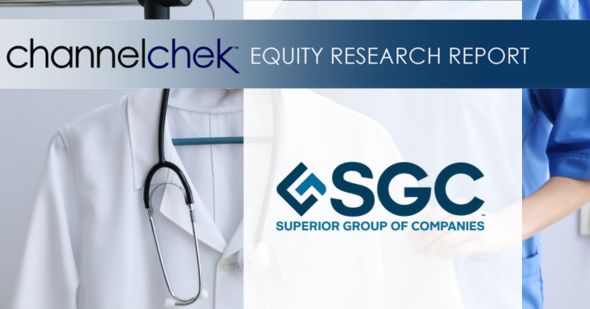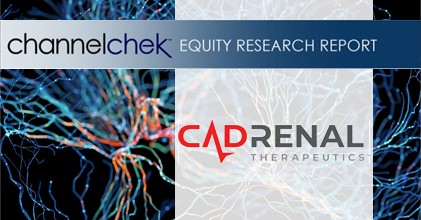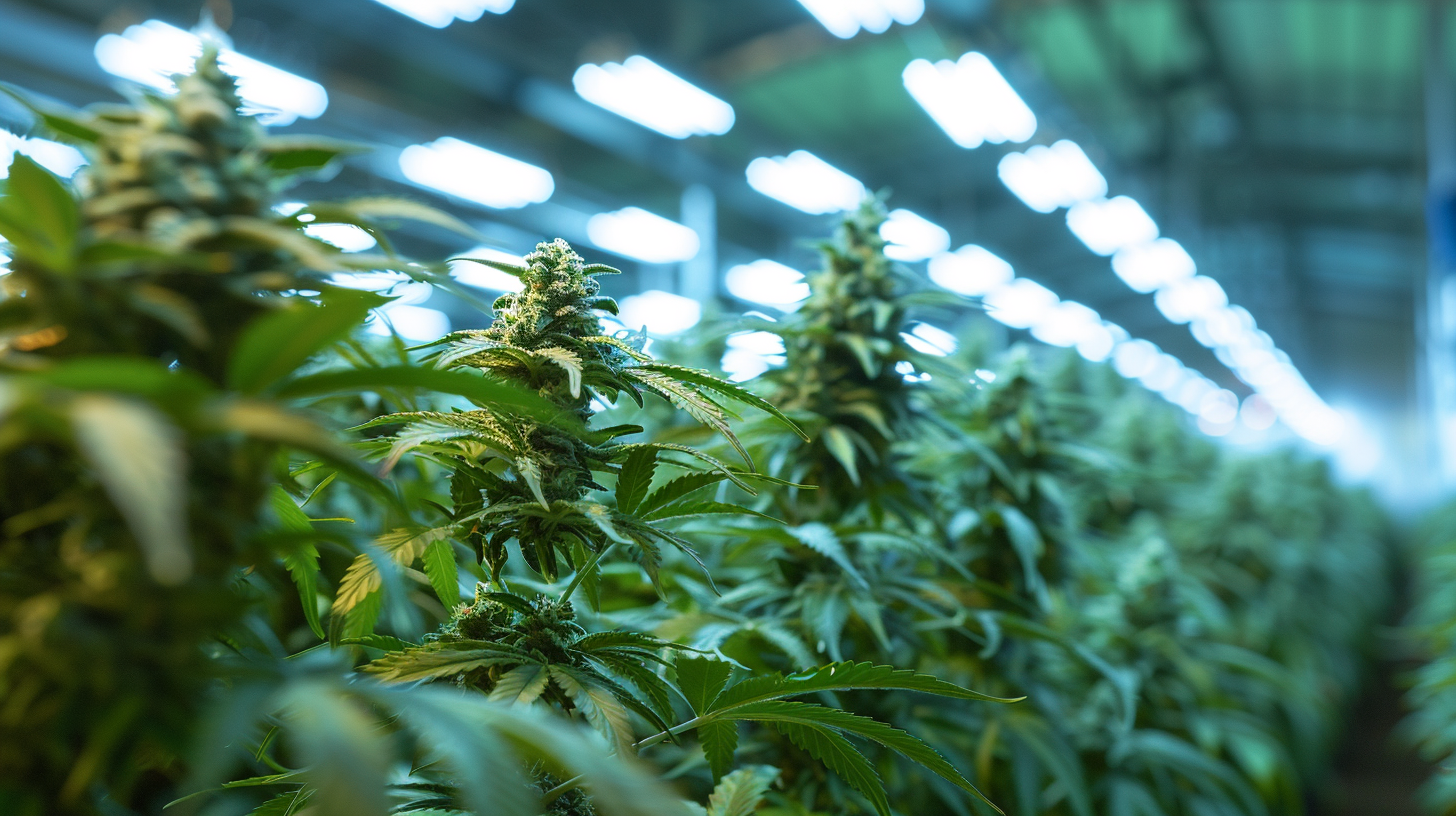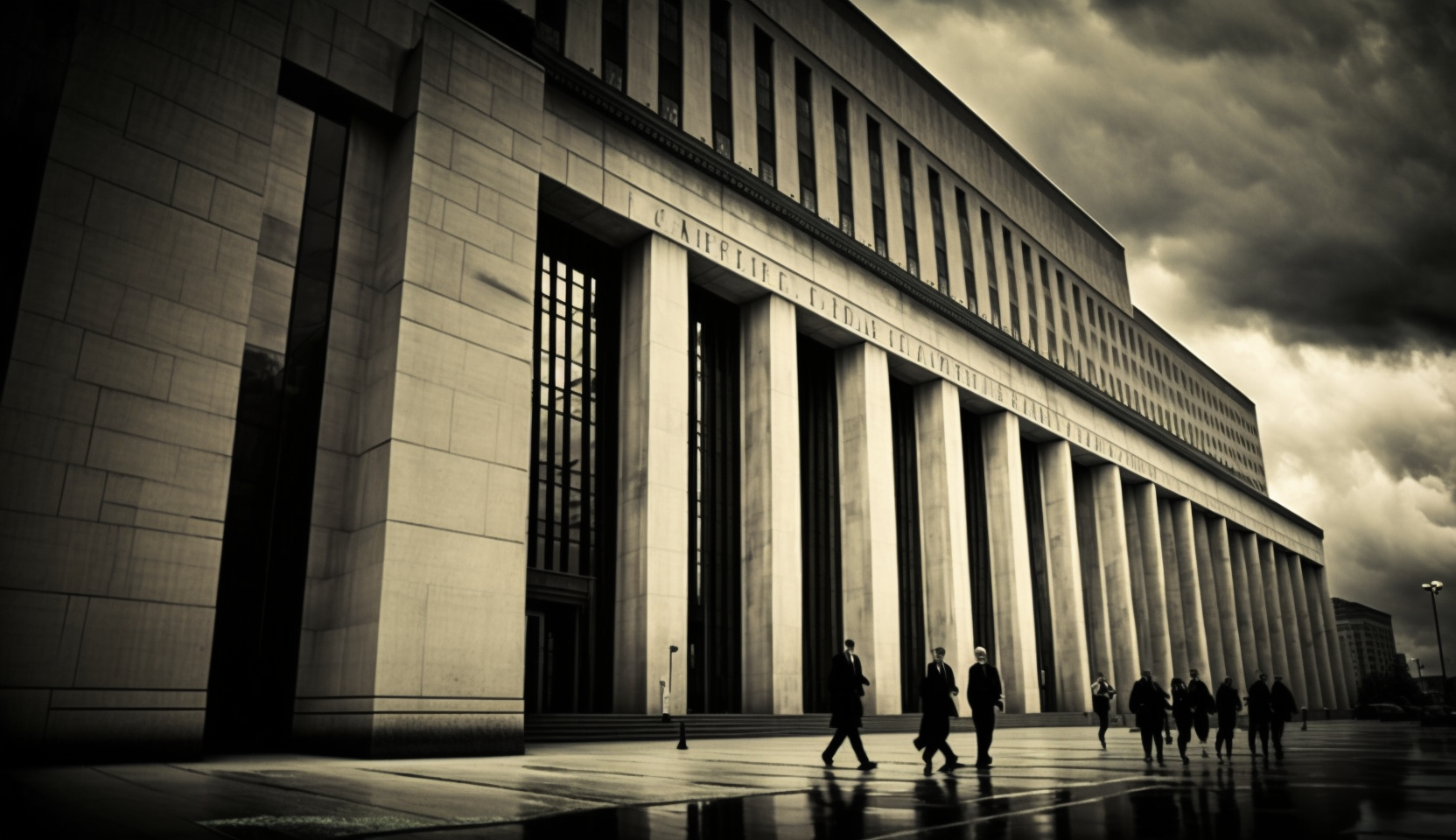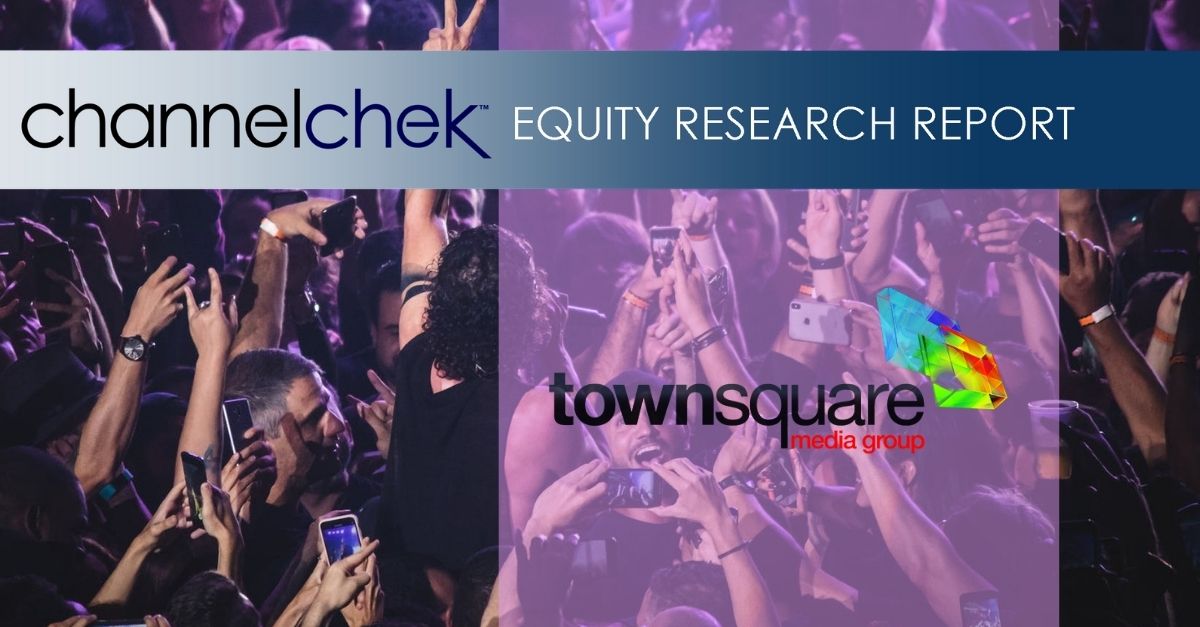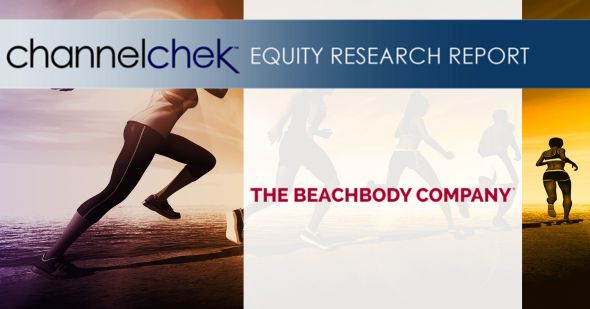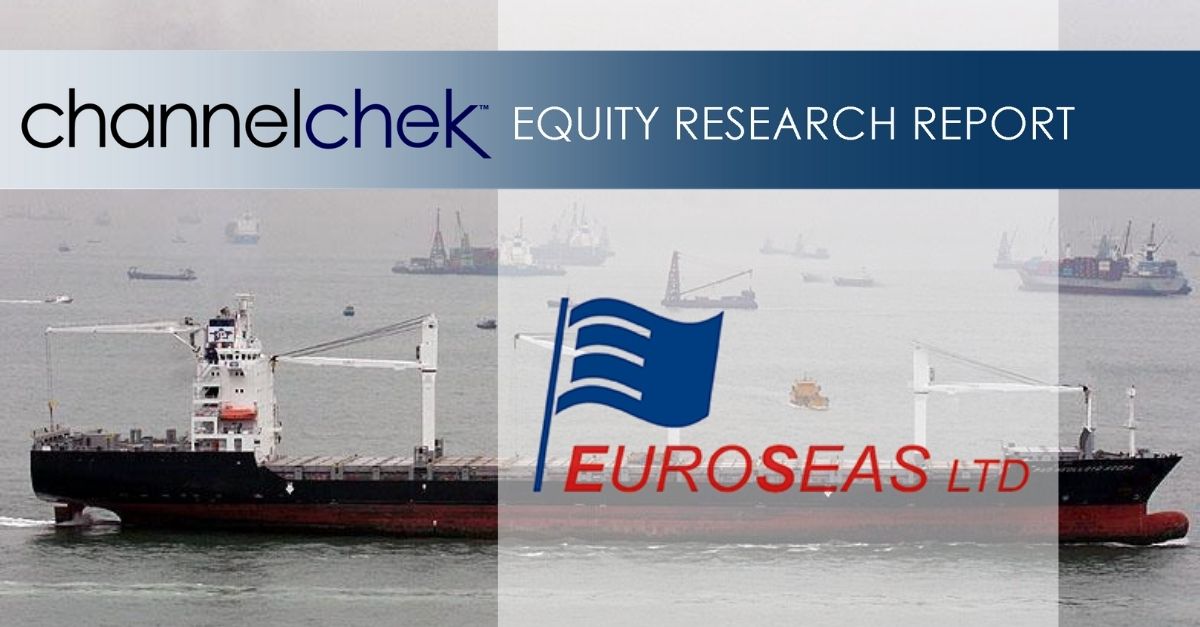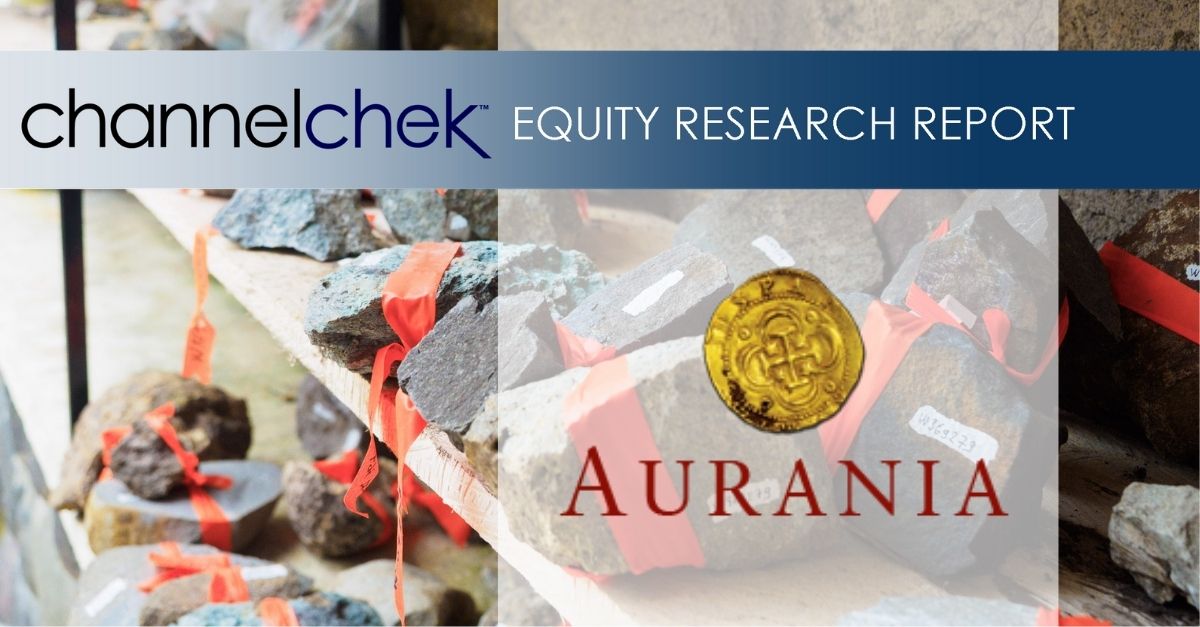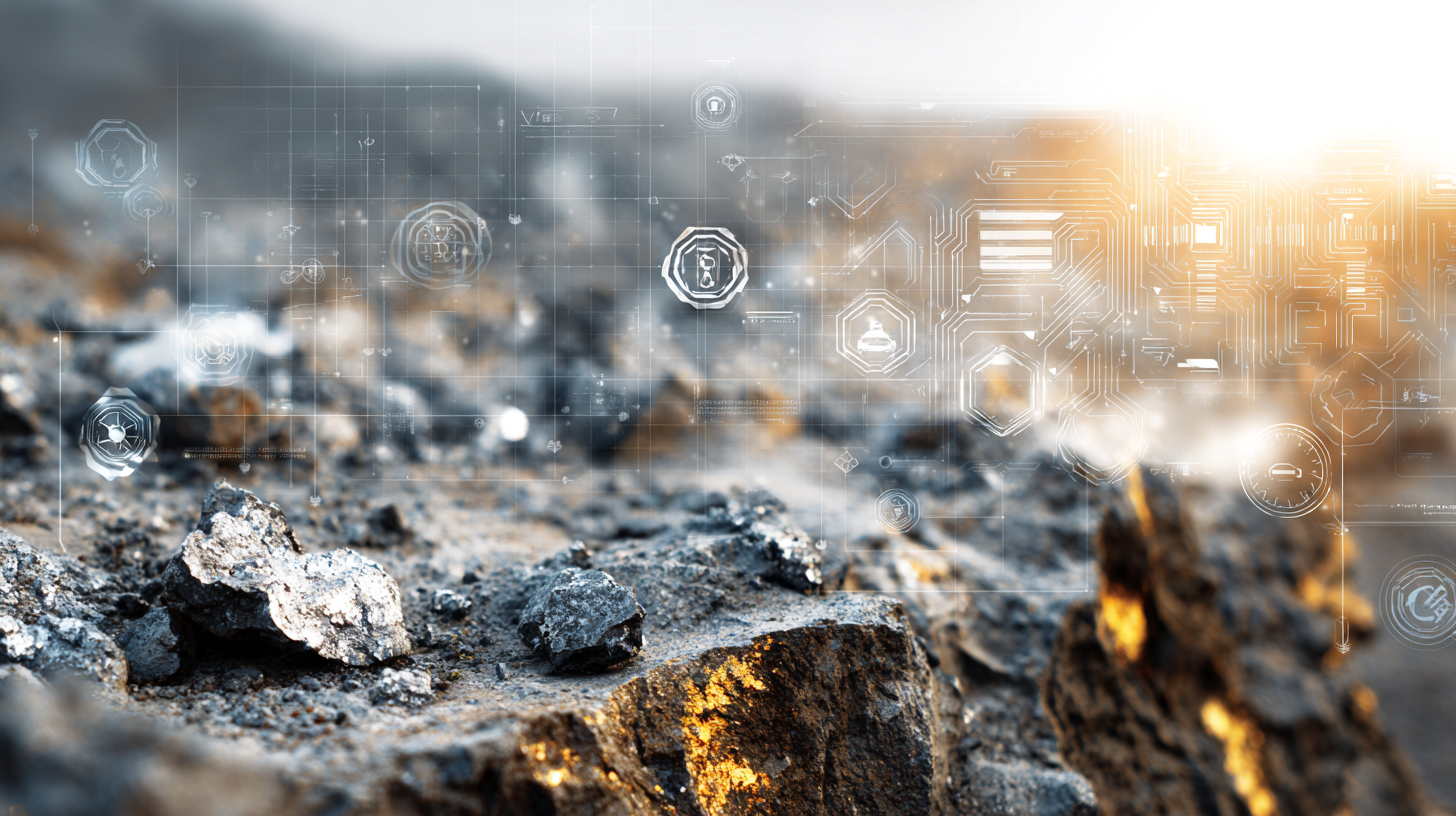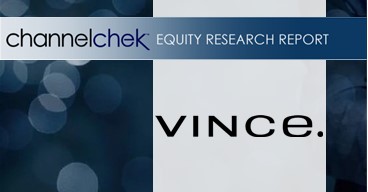
Friday, December 12, 2025
Michael Kupinski, Director of Research, Equity Research Analyst, Digital, Media & Technology , Noble Capital Markets, Inc.
Refer to the full report for the price target, fundamental analysis, and rating.
NobleCon21. On December 3rd, management presented at NobleCon20 at Florida Atlantic University (FAU) in Boca Raton, Florida. The presentation was conducted by Michael Benstock, Chairman & CEO, and Mike Koempel, CFO. The executives highlighted the company’s century-old operating history, its three diversified and profitable segments, branded products, healthcare apparel, nearshore contact centers, and a capital allocation strategy focused on shareholder returns. A replay of the presentation can be viewed here.
Healthcare. The healthcare apparel segment boasts multi-channel reach across retailers, e-commerce platforms, uniform stores, hospital systems, and specialty distributors. More than two million professionals wear the company’s brands, which includes Wink, Carhartt-branded scrubs, and Fashion Seal Healthcare. Notably, the company is well positioned for expansion supported by demographic aging and persistent healthcare labor shortages.
Get the Full Report
Equity Research is available at no cost to Registered users of Channelchek. Not a Member? Click ‘Join’ to join the Channelchek Community. There is no cost to register, and we never collect credit card information.
This Company Sponsored Research is provided by Noble Capital Markets, Inc., a FINRA and S.E.C. registered broker-dealer (B/D).
*Analyst certification and important disclosures included in the full report. NOTE: investment decisions should not be based upon the content of this research summary. Proper due diligence is required before making any investment decision.
